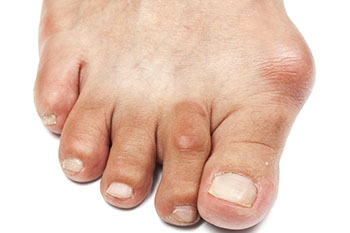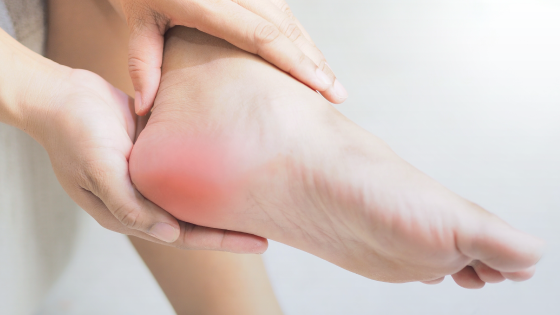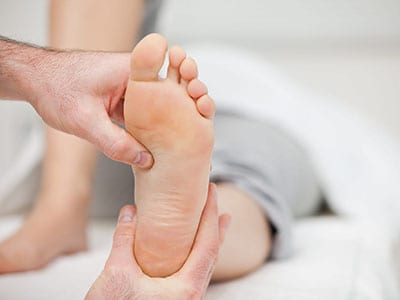Bunions are a common foot deformity that develops gradually and may worsen without proper treatment. This condition can cause substantial discomfort and impact daily activities. Understanding bunions, their causes, and available treatment options offered by a podiatrist helps you make informed decisions about managing this condition.
What Are Bunions?
A bunion is a bony bump that forms at the base of the big toe joint. It develops when the big toe pushes against the adjacent toe, forcing the joint to protrude outward. The condition can affect one or both feet, with some people experiencing more severe symptoms than others.
Bunions differ from other foot conditions, such as corns or calluses. While those conditions involve thickened skin, bunions represent actual changes to the foot’s bone structure. This distinction affects treatment approaches and long-term management strategies.
What Causes Them?
Several factors contribute to the development of a bunion. Genetics plays a key role, as foot structure and shape are often inherited. People with certain foot types, such as flat feet or low arches, may be more prone to developing bunions.
Footwear choices can accelerate bunion formation. Shoes that are too tight, narrow, or have high heels have the potential to force the toes into unnatural positions. This pressure can gradually push the big toe toward the other toes, leading to the development of bunions. Certain medical conditions, such as arthritis, also increase the risk of bunions.
What Are the Symptoms?
The most obvious symptom is a visible bump at the base of the big toe, which may appear red, swollen, or tender to the touch. The skin over the bunion may become thick or callused due to friction against footwear. Pain is another common symptom, ranging from mild discomfort to severe pain. Changes in toe alignment often accompany bunions, with the big toe angling toward the second toe, sometimes overlapping it.
What Are the Treatment Options?
Treatment approaches vary depending on the severity of the bunion and symptoms experienced. Custom orthotics help redistribute pressure across the foot and slow the progression of bunions. These devices are designed specifically for your foot shape and may provide support where needed. Bunion pads offer cushioning and can reduce friction between the bunion and footwear.
Taping techniques may help maintain proper toe alignment and reduce discomfort. Physical therapy can strengthen foot muscles and improve flexibility. Pain relievers, both over-the-counter and prescription options, can help manage discomfort. Steroid injections may be recommended for severe inflammation.
Bunion surgery becomes an option when conservative treatments fail to provide adequate relief. The choice of surgical approach depends on the severity of the bunion and individual patient factors. Recovery times and outcomes vary depending on the specific procedure performed.
Consult a Podiatrist Today
Bunions are progressive conditions that typically worsen without proper treatment, making early intervention valuable. A professional evaluation by a podiatrist can provide an accurate diagnosis and a personalized treatment plan. The specialist can assess the severity of your condition and recommend the most appropriate treatment options. Take action today to address your bunion symptoms and prevent further complications.
Social Sharing
Your Content Goes Here
Latest Posts




